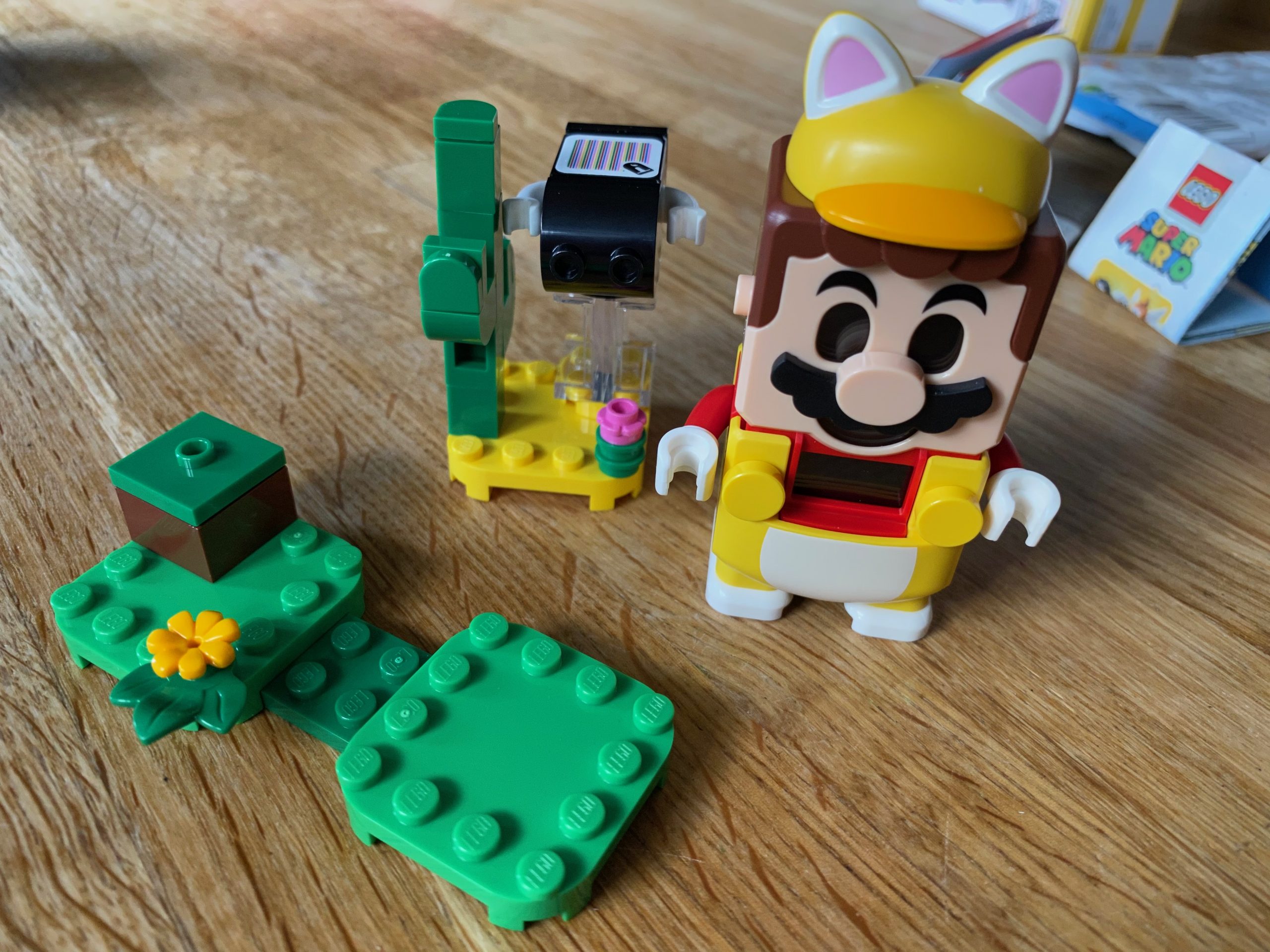
I blame the remote. When I was a kid, you had to get off your butt to change the channel on the TV. Yes, I’m old (or that TV was at the time). But at some point smart people came up with a device that you could hold in your hand and with which you could control the TV remotely. Initially it was attached via a cable. Later, you shot your commandos through the air like a D-list sci-fi hero. It was all quite exciting then. But we didn’t have the internet back then.
In the years since, things have gone downhill. Remote controls became increasingly complex and turned into apps on your phone in recent years. Meanwhile, the controls on the devices themselves are so limited that you can’t do anything if the remote disappears. That was bad enough when it was a physical thing. It’s even worse now that it’s a virtual object: just an app on a phone that only exists because of the goodwill of whoever created it in the first place.
That’s why I’m increasingly of the opinion that when someone recommends a piece of technology and cheerfully remarks, “There’s an app for that,” you should run a mile.
The shocking truth

 Your gadgets if the apps stop working. (Image: Emmet.)
Your gadgets if the apps stop working. (Image: Emmet.)
The biggest problem with gadgets that rely on apps is that apps die. You could say that this also applies to gadgets. Certainly. But apps have an annoying tendency to fall over before the objects they were designed for stop working.
New operating systems are popping up and gadget manufacturers are making a quick calculation based on how much it would cost them to update the app versus how much money they could lose if angry customers are confronted with a dead app for a piece of outdated technology. Because such calculations often lead people to simply buy new gadgets – possibly even from companies that destroy the old ones – the outcome is entirely predictable.
That’s why I surprised myself when I wrote about it sunrise alarm clocks last week. I assumed I would go on and on about how inconvenient mine is (and most in the industry still are) to set up and demand app-based goodness. But instead I decided that I don’t want any more devices that rely on apps. I want more devices that don’t die from a random software update.
Avoiding the appocalypse

 It’s Mario with dead eyes!
It’s Mario with dead eyes!
To be honest, I’ve been lucky in all of this. Despite – or because of – the words for StuffI am vigilant in the field of smart technology and proceed with caution. I’ve never had to throw away any hardware because Google was bored. I haven’t had to endure the horror of a smart audio company blowing up its entire app ecosystem over throwing away headphones that almost no one cares about. But my house is nevertheless littered with technology that no longer functions simply because an app is dead.
There are little robots that have been stalled forever because the company that made them went bankrupt. Smart accessories languish in drawers as apps fail and there is no other way to control the hardware. And several Lego kits intended for that purpose do things Besides being piles of plastic bricks, they now lie there lifeless. All because Lego reasoned that there was little point in supporting them when the kits were long since retired.
Still, I suppose Lego will at least retain its usefulness if the apps that gave it extra functionality cease to exist. Although this makes me think about the fact that one day Lego will drop support for it Lego Super Mario . Then the mustached hero will have dead black eyes forever.
Oh well, my kid always preferred Yoshi anyway.
Leave a Reply